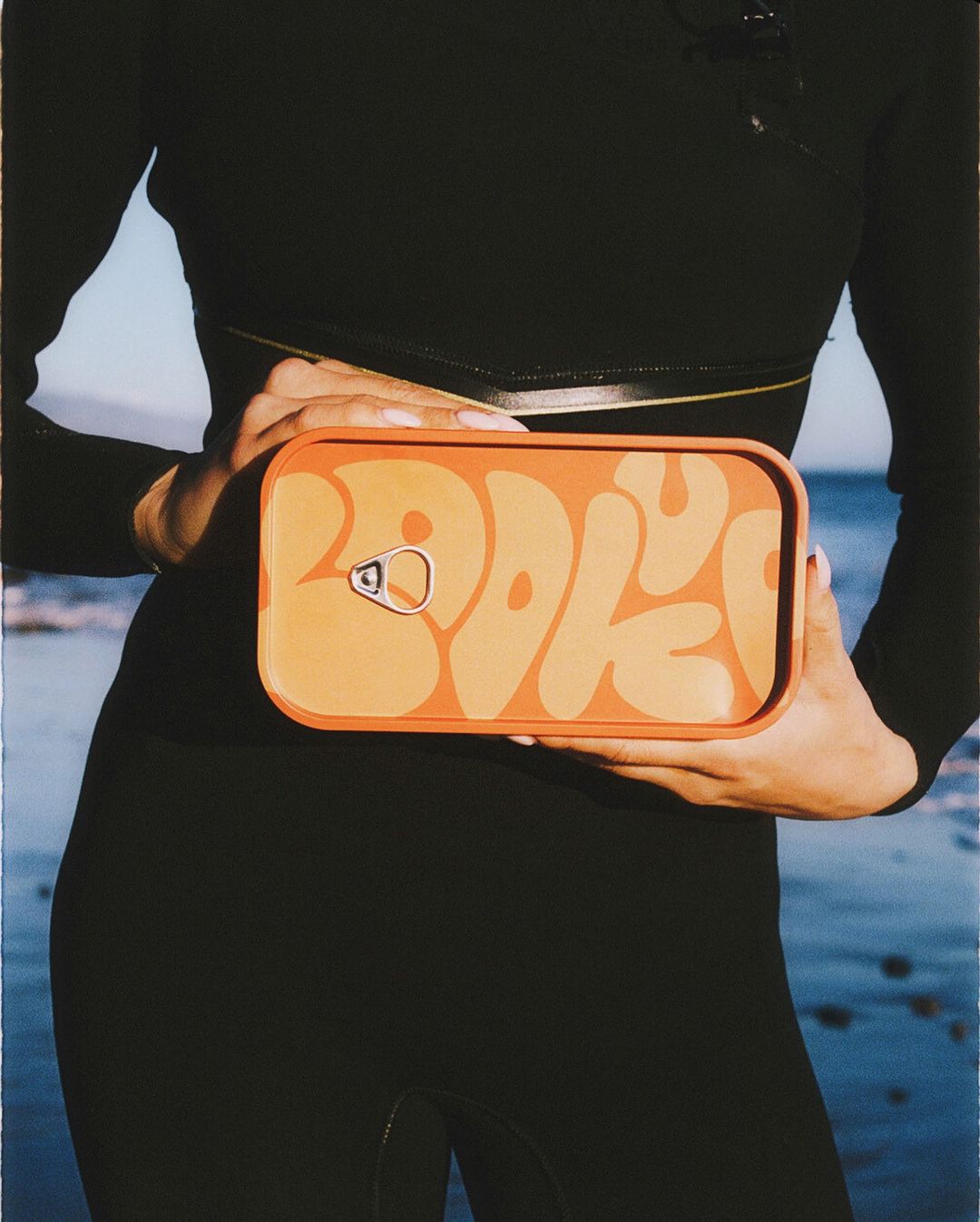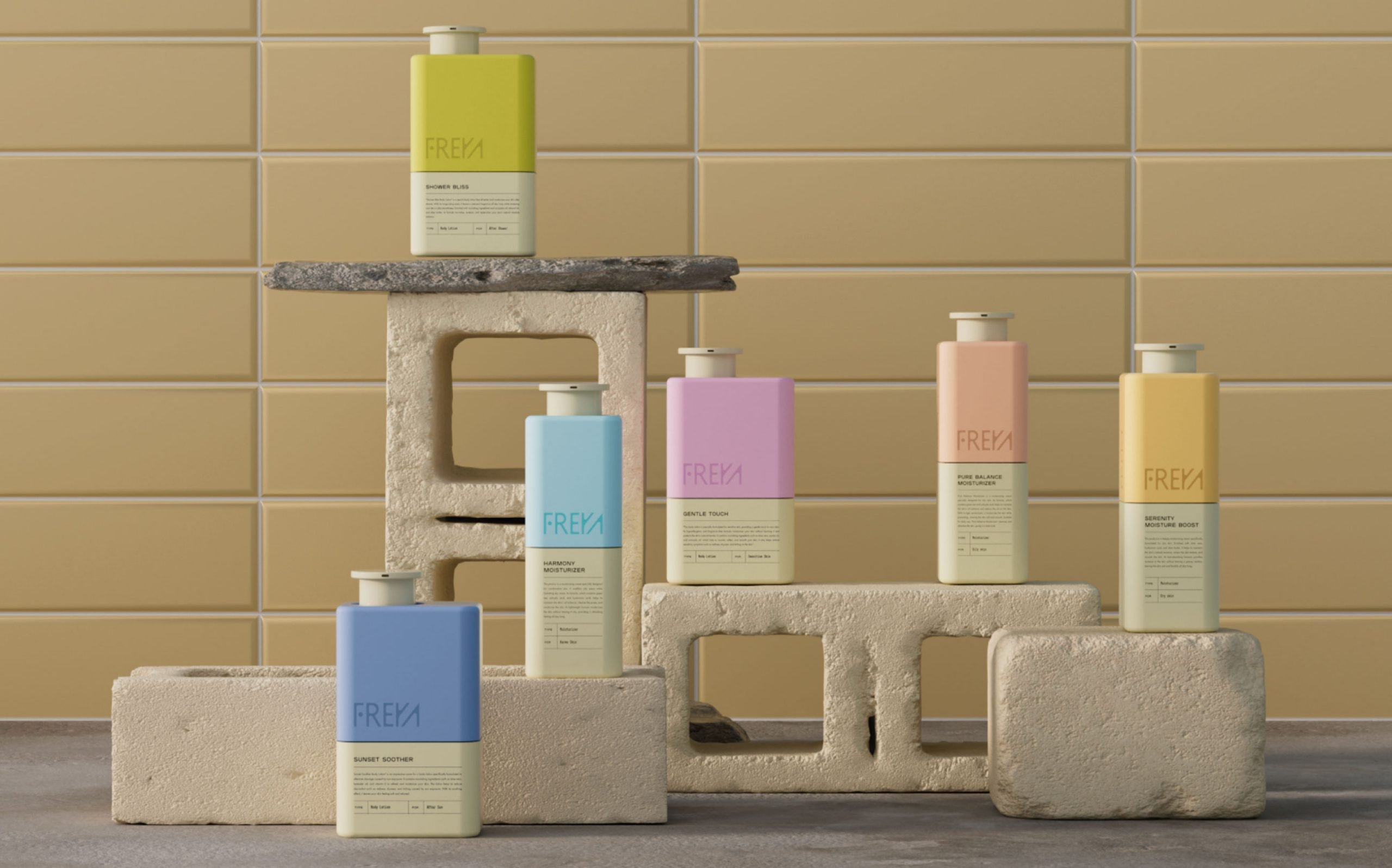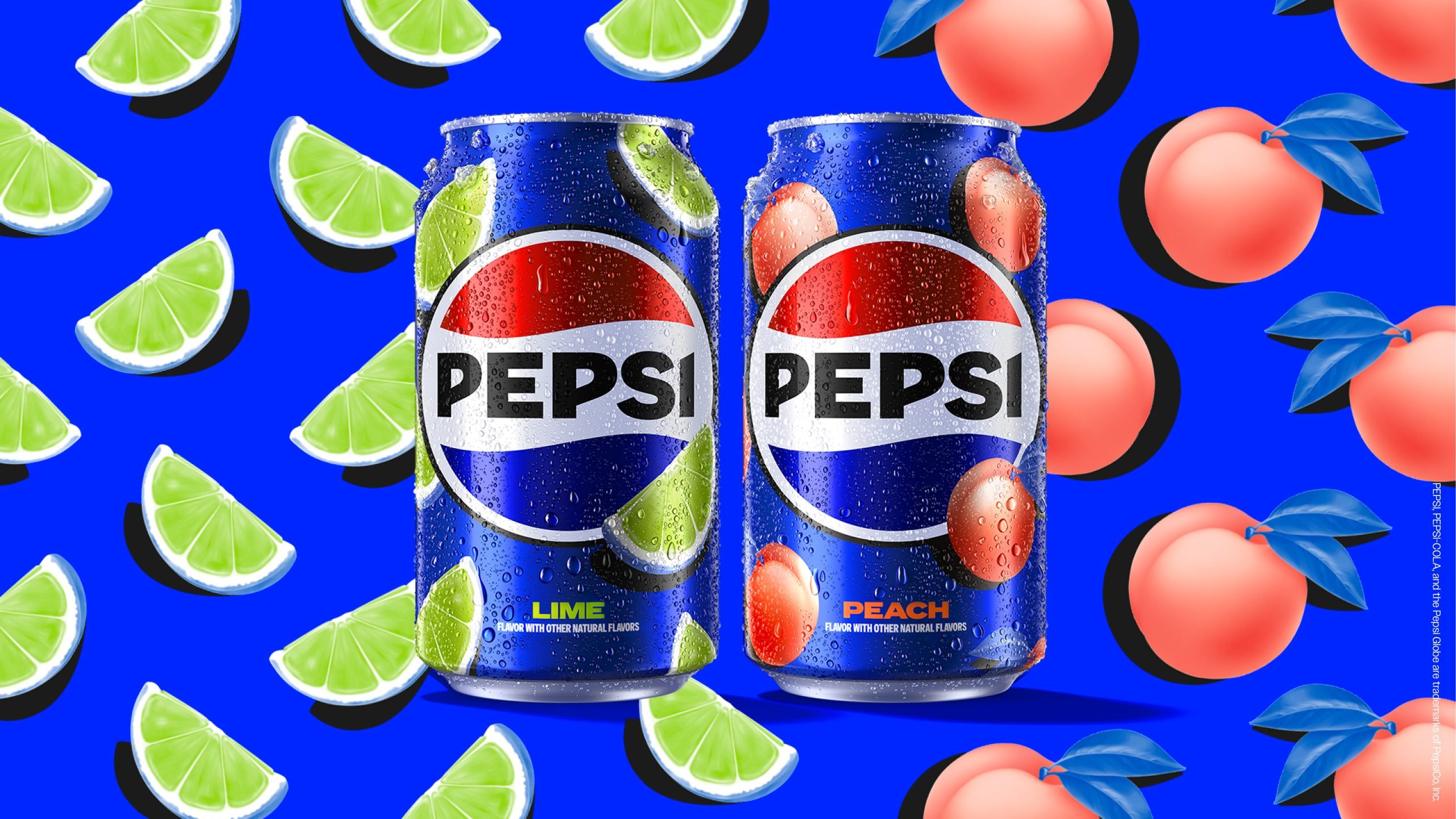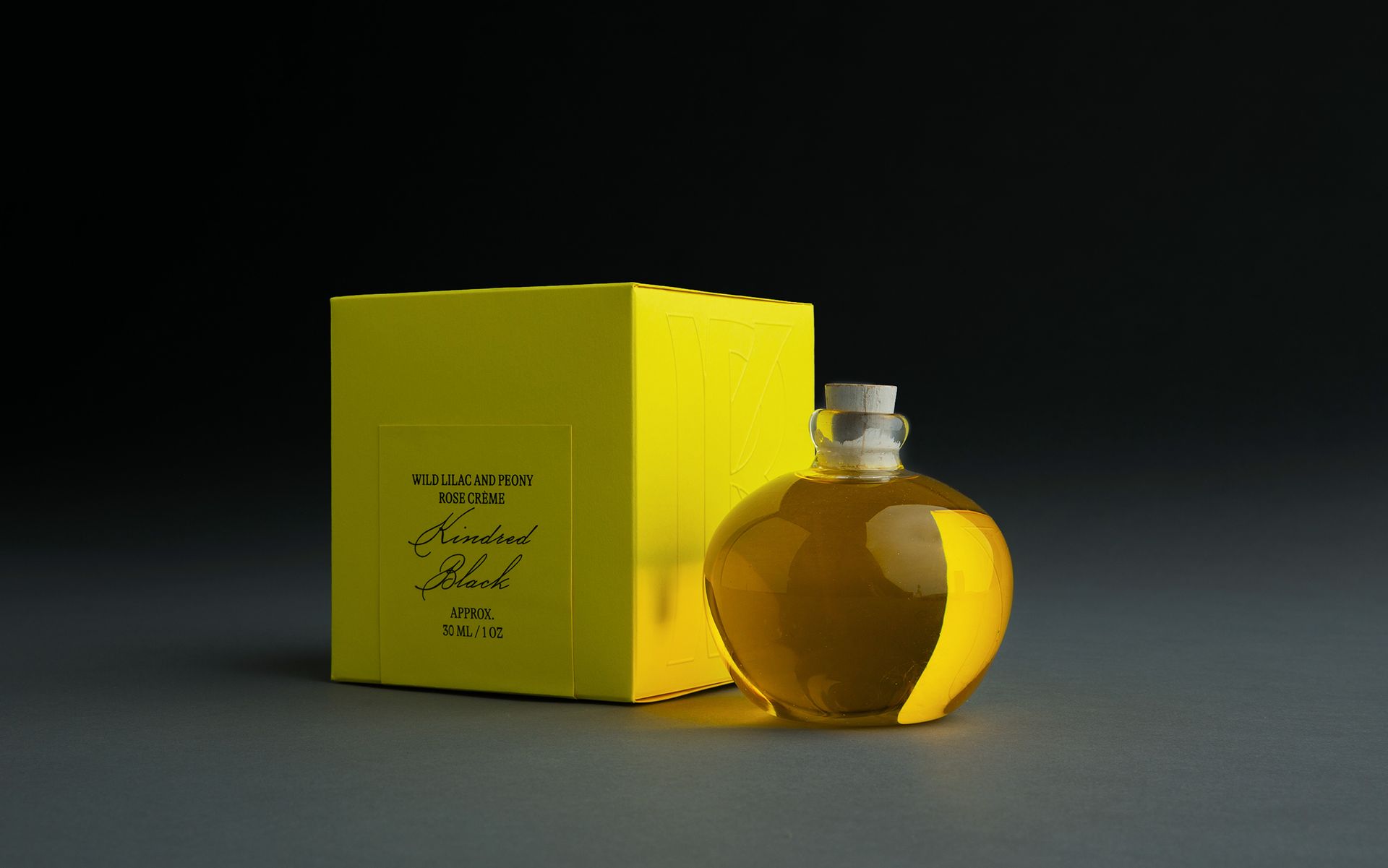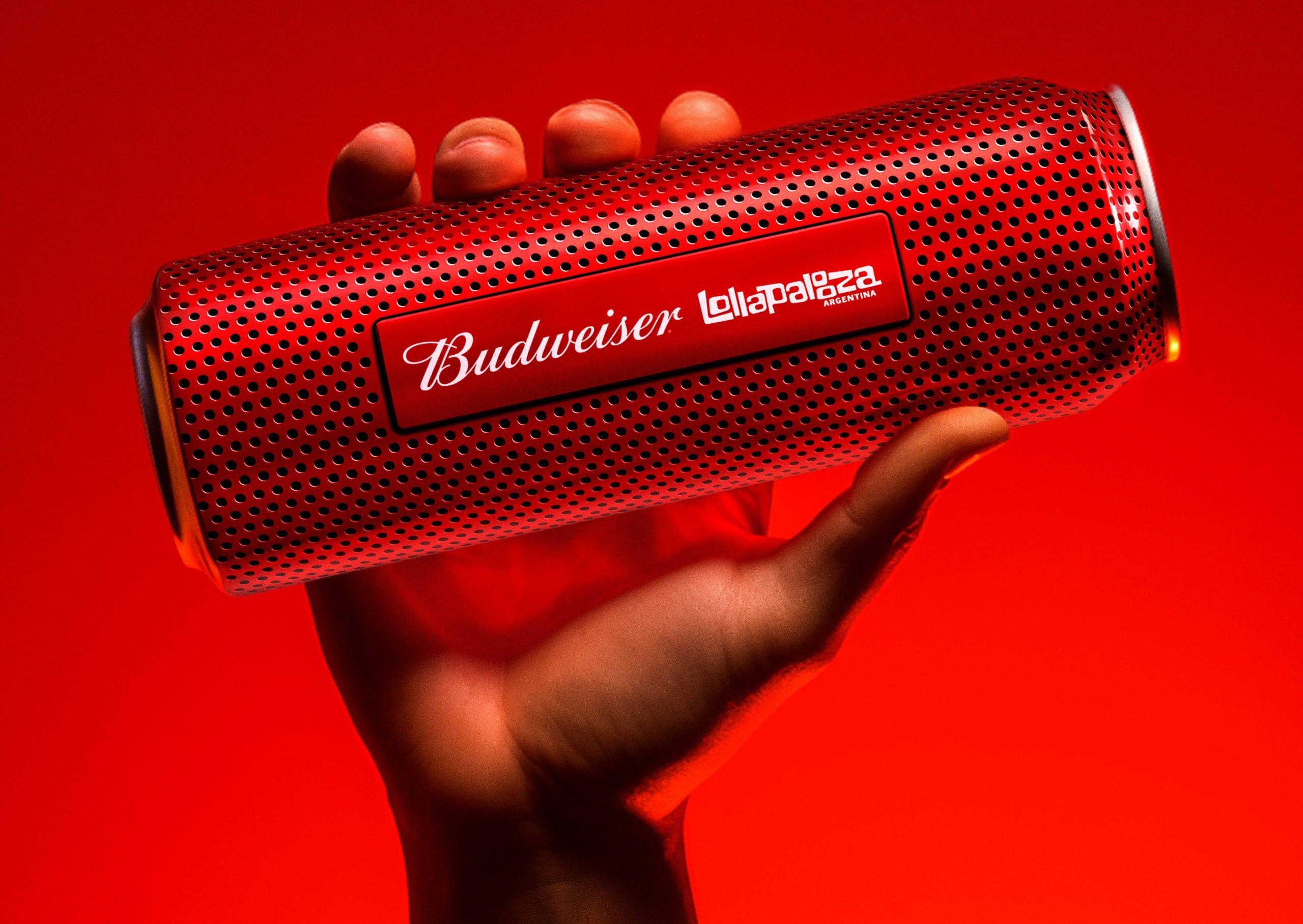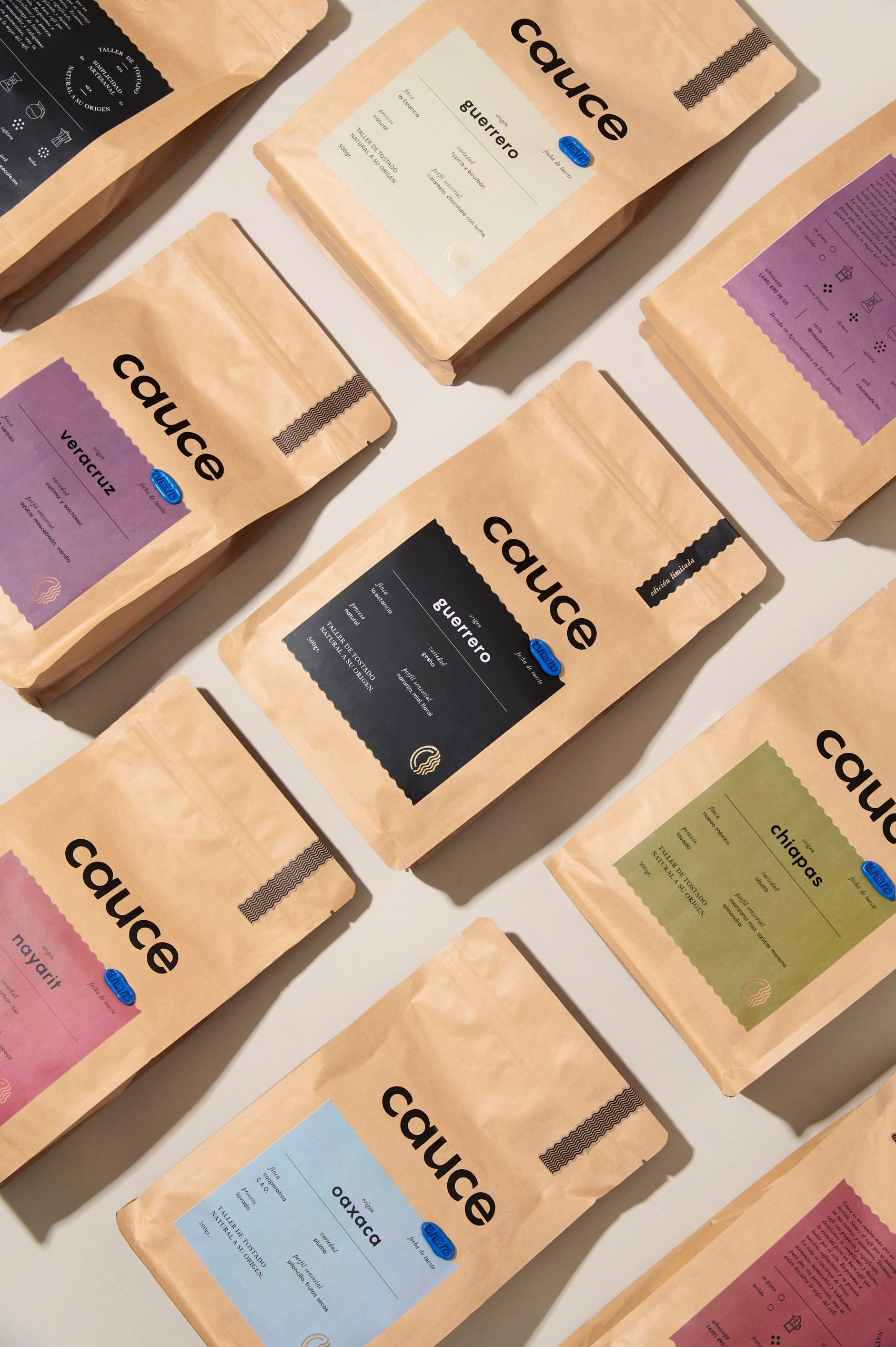We need to talk about the term feminine hygiene, and different from how weâve discussed it in the past. Because, while every other toiletry category is offering careâbody care, hair care, baby careâeverything that goes on, or in, the female anatomy is lumped together under a label that essentially says “youâre dirty.” Products that wash, products that deodorize, products for periods, products for sex. Used by retailers, brands, and pharmacies, whether on packaging and category trend reports, perpetuates a myth of feminine uncleanliness that doesn’t belong in our time.
The term first appeared around 1920 when household detergent brand Lysol started marketing germ-killing products to women as vaginal cleaners. And so, the feminine hygiene myth began, spinning a tale of female odor, of shame and neglect, and husbands too grossed out to “go there.”
Got to love us branding folk, right?
